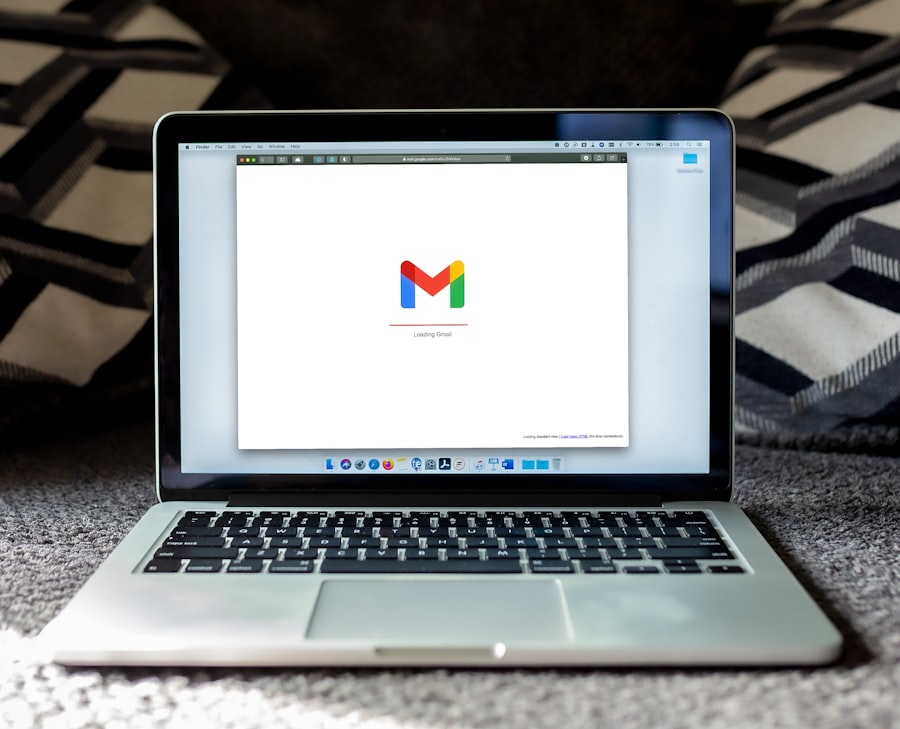To effectively engage with customers through email marketing, it is crucial to first understand their behavior. Customer behavior encompasses a wide range of actions, preferences, and patterns that can significantly influence how they interact with emails. For instance, analyzing open rates, click-through rates, and conversion rates can provide valuable insights into when customers are most likely to engage with content.
By examining these metrics, marketers can identify trends that reveal not only the best times to send emails but also the types of content that resonate most with their audience. Moreover, understanding customer behavior extends beyond mere statistics; it involves delving into the psychological aspects of consumer decision-making. Factors such as motivation, emotional triggers, and even external influences like social media can play a pivotal role in how customers respond to email campaigns.
For example, a customer who receives an email during their lunch break may be more inclined to engage with it than one who receives it late at night after a long day. By considering these behavioral nuances, marketers can tailor their strategies to align with the natural rhythms of their audience, thereby enhancing engagement and fostering stronger relationships.
Key Takeaways
- Understanding the customer’s behavior is crucial for effective email marketing.
- Identifying peak engagement times can significantly improve open and click-through rates.
- Leveraging seasonal trends can help tailor email content to customer preferences.
- Utilizing data analytics is essential for tracking and analyzing email performance.
- Testing and optimizing send times can lead to improved email campaign results.
Identifying Peak Engagement Times
Identifying peak engagement times is a critical component of any successful email marketing strategy. This process involves analyzing historical data to determine when recipients are most likely to open and interact with emails. Various studies have shown that certain days of the week and times of day yield higher engagement rates.
For instance, research often indicates that emails sent on Tuesdays and Thursdays tend to perform better than those sent on weekends or Mondays. This trend can be attributed to the fact that many individuals are inundated with emails at the beginning of the week and may overlook messages during this busy period. In addition to day-of-week considerations, the time of day plays a significant role in engagement levels.
Many marketers have found that sending emails in the late morning or early afternoon aligns well with typical work schedules, as recipients are more likely to check their inboxes during breaks or after completing urgent tasks. However, it is essential to recognize that peak engagement times can vary significantly across different demographics and industries. For example, a B2B company may find that its audience engages more during standard business hours, while a B2C brand might see higher engagement rates in the evenings or weekends when consumers have more leisure time.
Therefore, conducting thorough analyses of audience behavior is vital for pinpointing these optimal engagement windows.
Leveraging Seasonal Trends

Seasonal trends present a unique opportunity for marketers to enhance their email campaigns by aligning content with the changing interests and behaviors of consumers throughout the year. Different seasons bring about distinct themes, holidays, and events that can significantly influence purchasing decisions. For instance, during the holiday season, consumers are often more receptive to promotional emails featuring gift ideas or special discounts.
By capitalizing on these seasonal trends, marketers can create timely and relevant content that resonates with their audience. In addition to major holidays, there are also smaller seasonal trends that can be leveraged for email marketing success. For example, back-to-school promotions in late summer or spring cleaning sales in early spring can attract attention from consumers looking for specific products or services.
By analyzing past campaign performance during these periods, marketers can refine their strategies to better meet customer expectations and capitalize on heightened interest. Furthermore, incorporating seasonal imagery and language into email campaigns can evoke emotions associated with specific times of the year, making the content more engaging and relatable.
Utilizing Data Analytics
| Metrics | Value |
|---|---|
| Number of data sources | 10 |
| Data accuracy | 95% |
| Percentage of data utilized | 80% |
| Number of data analytics tools used | 5 |
Data analytics serves as a cornerstone for effective email marketing strategies, providing marketers with actionable insights that drive decision-making processes. By leveraging data analytics tools, marketers can track various metrics such as open rates, click-through rates, conversion rates, and unsubscribe rates. This information allows them to assess the effectiveness of their campaigns and make informed adjustments as needed.
For instance, if a particular subject line consistently results in higher open rates, marketers can analyze what elements contribute to its success and replicate those strategies in future campaigns. Moreover, data analytics enables marketers to segment their audience based on behavior and preferences. By categorizing customers into distinct groups—such as frequent buyers, occasional shoppers, or those who have abandoned carts—marketers can tailor their messaging to address the specific needs and interests of each segment.
This level of personalization not only enhances engagement but also increases the likelihood of conversions. Additionally, predictive analytics can help marketers anticipate future behaviors based on historical data, allowing them to proactively adjust their strategies to align with evolving customer preferences.
Testing and Optimizing Send Times
The practice of testing and optimizing send times is essential for maximizing email engagement rates. A/B testing is a common method used by marketers to experiment with different send times and determine which yields the best results. By sending two versions of an email—one at an earlier time and another at a later time—marketers can compare open rates and click-through rates to identify the optimal timing for their audience.
This iterative process allows for continuous improvement and refinement of email strategies. In addition to A/B testing send times, marketers should also consider other variables that may impact engagement, such as subject lines, content types, and even the frequency of emails sent. For example, if a particular segment responds better to promotional offers rather than informational content, adjusting the focus of emails sent during peak engagement times can lead to improved results.
Furthermore, analyzing data over time helps marketers identify patterns that may emerge as customer preferences evolve, ensuring that their strategies remain relevant and effective.
Personalizing Email Send Times

Personalization has become a hallmark of successful email marketing campaigns, and personalizing send times is an extension of this practice that can yield significant benefits. By utilizing data on individual customer behavior—such as past purchase history or previous engagement patterns—marketers can tailor send times to align with each recipient’s unique preferences. For instance, if a customer consistently opens emails in the evening after work hours, sending future communications during that timeframe increases the likelihood of engagement.
Implementing personalized send times requires sophisticated data management systems that can analyze customer behavior in real-time. Advanced marketing automation platforms allow for dynamic scheduling based on individual preferences, ensuring that each recipient receives emails at a time when they are most likely to engage. This level of personalization not only enhances the customer experience but also fosters loyalty by demonstrating an understanding of individual needs and habits.
Considering Time Zones
In an increasingly globalized marketplace, considering time zones is paramount for effective email marketing strategies. When targeting audiences across different regions or countries, sending emails at inappropriate times can lead to missed opportunities for engagement. For example, an email sent at 9 AM Eastern Standard Time may reach recipients in Pacific Standard Time at 6 AM—a time when many individuals are still asleep or not actively checking their inboxes.
To address this challenge, marketers must implement strategies that account for varying time zones when scheduling email campaigns. Many email marketing platforms offer features that allow marketers to segment their audience based on geographic location and automatically adjust send times accordingly. This ensures that recipients receive emails during their local peak engagement hours, thereby maximizing the chances of interaction.
Additionally, understanding cultural differences related to time perception can further enhance the effectiveness of email campaigns across diverse audiences.
Implementing Triggered Emails
Triggered emails represent a powerful tool in the arsenal of email marketing strategies, allowing for timely and relevant communication based on specific customer actions or behaviors. These automated messages are sent in response to predefined triggers—such as signing up for a newsletter, abandoning a shopping cart, or making a purchase—ensuring that customers receive information when it is most pertinent to them. For instance, if a customer adds items to their cart but does not complete the purchase within a certain timeframe, sending a reminder email can prompt them to finalize their transaction.
The effectiveness of triggered emails lies in their ability to deliver personalized content at critical moments in the customer journey. By analyzing customer behavior data and setting up appropriate triggers, marketers can create tailored messages that resonate with individual recipients. This not only enhances engagement but also increases conversion rates by addressing specific needs or concerns at opportune moments.
Furthermore, triggered emails can be used strategically throughout various stages of the customer lifecycle—such as onboarding new subscribers or re-engaging inactive customers—ensuring that communication remains relevant and impactful over time.

